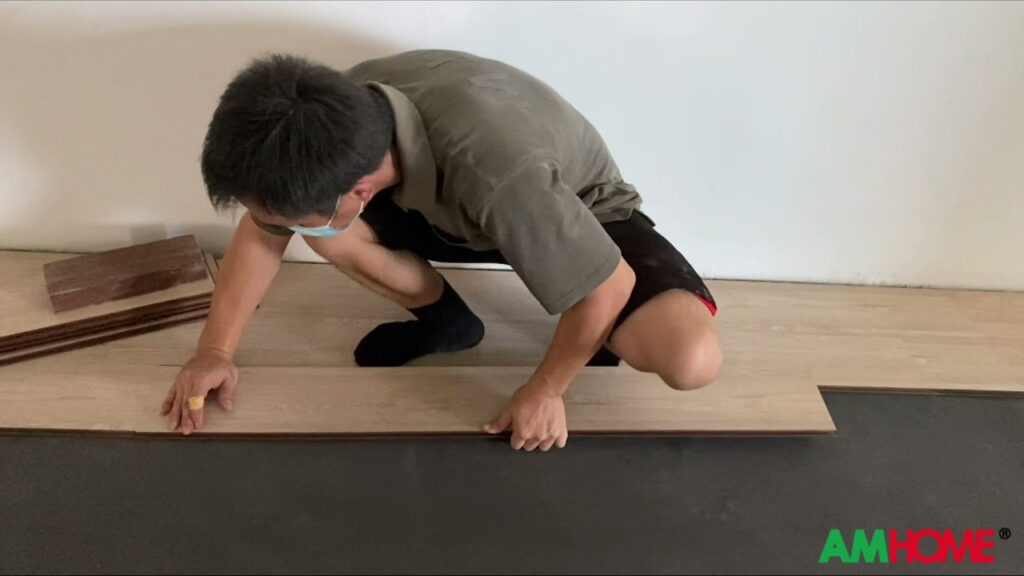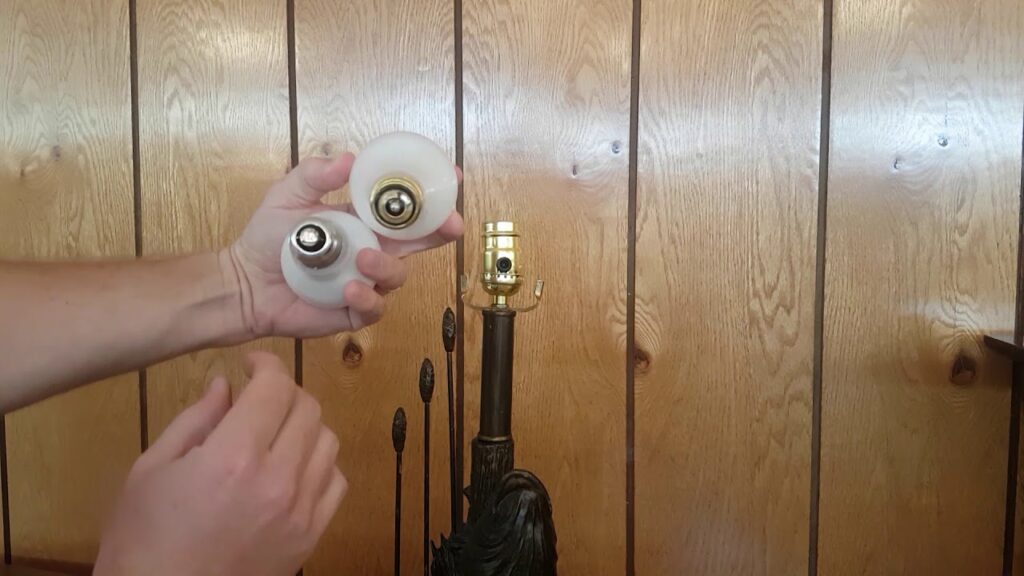Best Methods for Removing Drywall Dust
Vacuum with HEPA Filter
Drywall dust can be extremely fine and difficult to clean. Using a vacuum with a HEPA filter is one of the best methods for removing drywall dust from surfaces. The HEPA filter is designed to capture small particles, including drywall dust, ensuring thorough cleaning without releasing the dust back into the air.
Damp Cloth or Sponge
Another effective method for removing drywall dust is to use a damp cloth or sponge to wipe down surfaces. The slightly damp cloth or sponge helps to trap the dust and prevent it from becoming airborne again. This method is particularly useful for removing dust from walls, ceilings, and trim.
Use a Tack Cloth
For a final pass to ensure all residual dust is removed, using a tack cloth can be highly effective. Tack cloths are sticky and specialized for picking up fine dust particles without leaving any residue behind. This method is especially useful for preparing surfaces for painting or finishing after drywall work.
Safe Ways to Clean Joint Compound Residue
When it comes to cleaning joint compound residue, it’s important to prioritize safety and efficiency. One safe and effective method is to start by scraping off any excess residue with a putty knife or scraper, being careful not to damage the surface underneath. Next, use a damp cloth or sponge to wipe the area, removing any remaining residue. It’s crucial to ensure that the cloth or sponge is not dripping wet, as excessive moisture can damage the surface or cause the residue to spread.
Another safe way to clean joint compound residue is by using a mild detergent or soap mixed with water. This solution can be applied to the affected area with a soft cloth and gently rubbed to lift the residue. After cleaning, it’s essential to thoroughly rinse the area with clean water and allow it to dry completely before applying any finishing touches.
For tougher or dried-on residue, a solution of white vinegar and water can be used as a safe and natural cleaning option. The acidic properties of vinegar can help to break down the residue, making it easier to remove without using harsh chemicals. After applying the vinegar solution, it’s important to rinse the area with water and dry it thoroughly to prevent any potential damage.
Overall, prioritizing safe cleaning methods and being mindful of the surfaces you are working with can ensure that joint compound residue is effectively removed without causing any harm. Whether using simple scraping techniques or natural cleaning solutions, taking the time to clean residue safely can lead to a successful and polished finish.
DIY Cleaning Solutions for Drywall Dust and Joint Compound
When working on a drywall project, it’s common to encounter the challenge of cleaning up drywall dust and joint compound residue. Fortunately, there are several DIY cleaning solutions that can effectively tackle this issue. One popular option is to create a mixture of water and white vinegar, which can be used to wipe down surfaces and remove stubborn dust and residue. Alternatively, a solution of warm water and mild dish soap can also be effective in breaking down and lifting away drywall dust and joint compound.
For those who prefer natural cleaning solutions, a combination of baking soda and water can be used to create a paste that helps remove drywall dust and joint compound stains. This gentle abrasive mixture can be applied with a soft cloth or sponge, providing a non-toxic and eco-friendly way to clean up after drywall work. Additionally, using a microfiber cloth or duster can help capture and trap fine particles of drywall dust without spreading them around, making cleanup more efficient.
In summary, DIY cleaning solutions for drywall dust and joint compound can range from vinegar-based mixtures to natural alternatives like baking soda paste. By utilizing these homemade solutions and the right cleaning tools, it’s possible to effectively remove dust and residue from surfaces without the need for harsh chemicals or expensive cleaning products.
Professional Tips for Tackling Drywall Dust and Joint Compound Cleanup
1. Minimize Dust
When sanding drywall or applying joint compound, it’s crucial to minimize dust to make the cleanup process more manageable. Use a vacuum sander or a dust-free drywall sanding system to capture dust at the source. Additionally, dampening the drywall before sanding can help reduce the spread of dust in the air.
2. Protective Gear
Wearing the right protective gear is essential when dealing with drywall dust and joint compound cleanup. Use a respirator mask, safety goggles, and gloves to protect yourself from inhaling or coming into direct contact with the dust and compounds. Taking these precautions can prevent potential health issues and make the cleanup process safer.
3. Efficient Cleaning Techniques
To effectively clean up drywall dust and joint compound, start by using a dry cloth or a dust brush to remove loose particles from surfaces. Then, follow up with a damp cloth or sponge to wipe down walls, ceilings, and other affected areas. Pay attention to detail, and ensure all traces of dust and compound are thoroughly removed for a professional finish.
4. Proper Disposal
Dispose of collected dust and debris properly to prevent recontamination of cleaned areas. Seal the waste in heavy-duty bags and dispose of them following local regulations. This final step is crucial in maintaining a clean and safe environment after completing drywall and joint compound work.
Ensuring a Dust-Free Environment After Drywall Work
After completing drywall work in your home or office, it is essential to take measures to ensure a dust-free environment. The fine particles produced during drywall installation and sanding can linger in the air and settle on surfaces, causing potential respiratory issues and creating a messy space. Implementing effective strategies to minimize and eliminate dust can greatly improve indoor air quality and create a healthier environment for occupants.
To achieve a dust-free environment after drywall work, start by using dust barriers and containment systems. These can include plastic sheeting to isolate the work area and prevent dust from spreading to other parts of the building. Additionally, employing high-quality dust extraction equipment during the sanding process can significantly reduce airborne particles, minimizing the overall dust level in the space.
Furthermore, thorough cleaning is crucial to remove any remaining dust from surfaces and the air. Utilize specialized vacuums equipped with HEPA filters to effectively capture fine particles, and consider wiping down surfaces with damp cloths to trap and remove any remaining dust. Lastly, proper ventilation and allowing sufficient time for dust to settle and be removed from the space can further contribute to maintaining a clean and dust-free environment post-drywall work.


